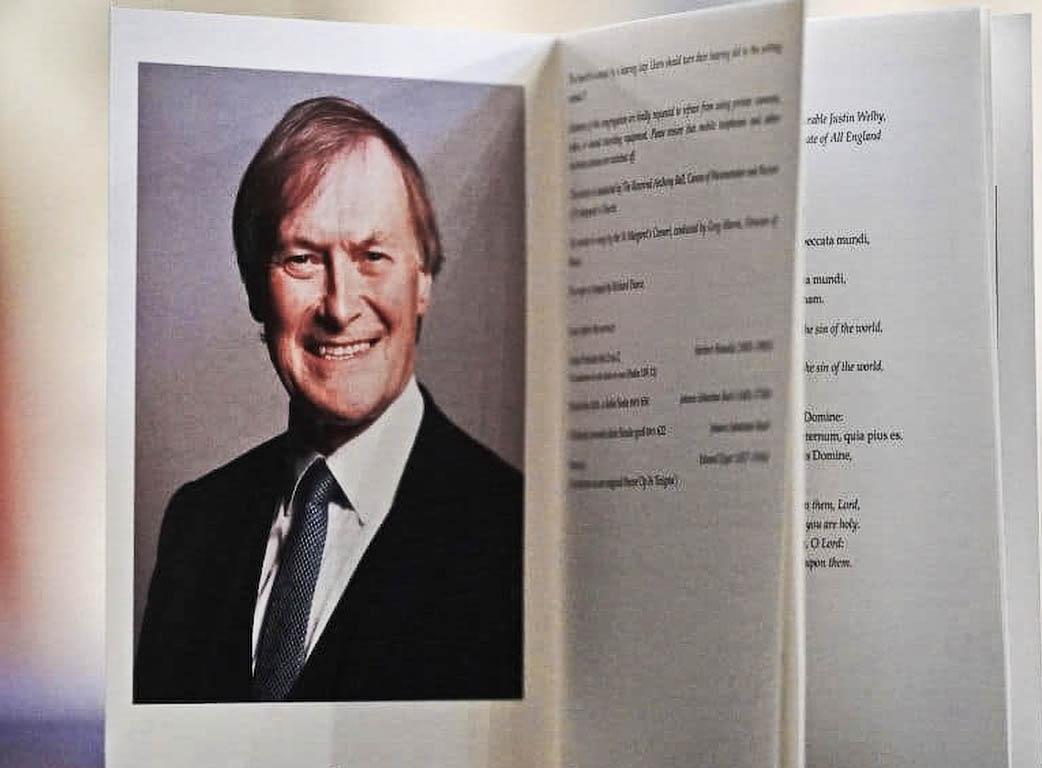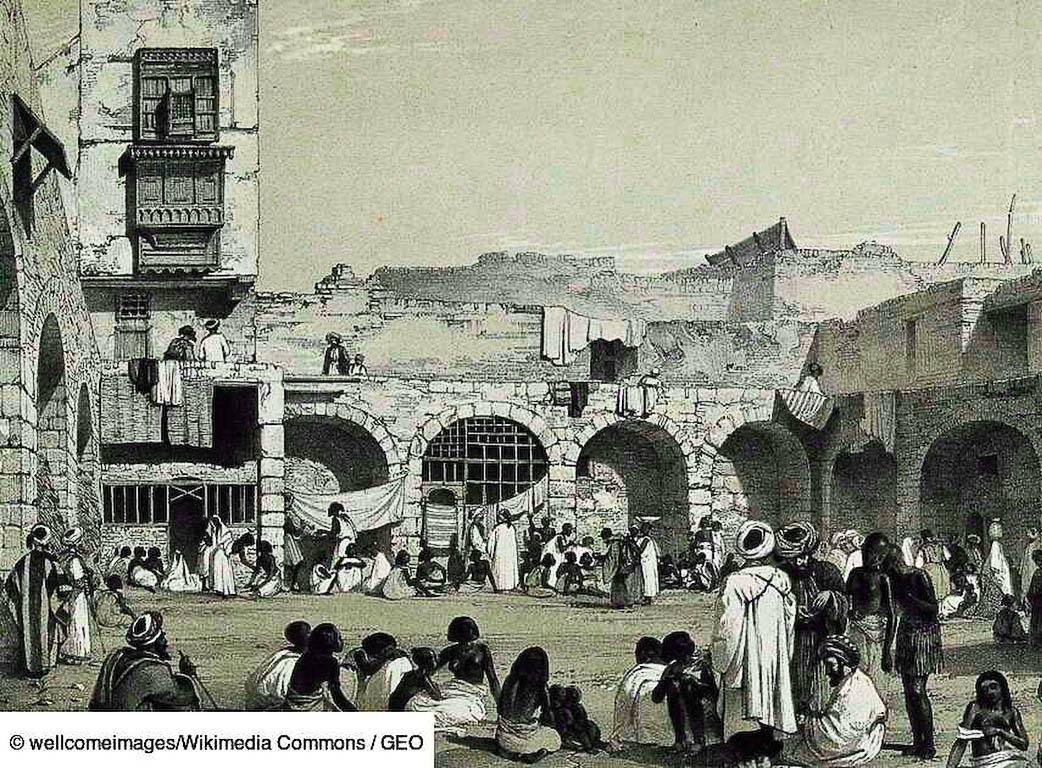In the World, 12 Million Invisible Child Slaves
www.romasette.it 25.07.2024 Roma sette Translated by: Jpic-jp.orgThe report “Invisible Child Slaves” by Save the Children reveals that this phenomenon doesn’t spare Europe, nor Italy. In the first five months of 2024, there were 1,150 new assessments of potential victims.

Almost 50 million people worldwide are victims of various forms of modern slavery. Of these, more than 12 million are minors, primarily subjected to forced labor—which includes sexual, labor exploitation, and illicit activities—and forced marriages, with a rising trend. These are the findings from the 14th “Invisible Child Slaves” report by Save the Children, released ahead of the International Day Against Human Trafficking on July 30.
Among minors, 3.3 million are involved in forced labor, mainly in sexual exploitation (1.69 million) or labor exploitation (1.31 million) in sectors like domestic work, agriculture, manufacturing, construction, begging, or illicit activities. Additionally, 320,000 minors are forced into labor by states as detainees, political dissidents, or members of persecuted ethnic or religious minorities. Nine million minors are victims of forced marriages.
Forced marriages are most prevalent in East Asia (14.2 million people involved in 2021, over 66% of estimated cases), followed by Africa (3.2 million, or 14.5%), Europe and Central Asia (2.3 million, or 10.4%). Most forced marriages are arranged by the victims' parents (73%) or close relatives (16%) and often link to severe vulnerabilities, such as domestic servitude or sexual exploitation.
Regarding trafficking and exploitation, 53,800 victims were identified globally in 2020, the year of the pandemic. Among those whose age and gender were known, 35% were minors (18% female and 17% male). “These figures represent only the tip of the iceberg of a much broader and hidden phenomenon,” states the report. Considering the period from 2011 to 2021, slightly over a quarter (26.2%) of identified victims were children or adolescents, with the age group most affected being 9-17 years old (21.8%).
Save the Children explains that victim identification and support are complicated by the marginalization and isolation imposed by criminal networks or individual traffickers and exploiters. “Especially for minors who are alone, defenseless, subjected to physical or psychological violence, and forced to repay debts under constant threats, coercion, and deception.” The report “Invisible Child Slaves” is dedicated to them, children like Abdoulaye, a 16-year-old from Guinea who fled abuse, crossed the desert, suffered torture, and later found refuge in Italy, where he has begun to study. "I feel at home in Italy. Since I've been here, I go to school and play soccer. My dreams are starting to come true," he says.
Save the Children highlights that trafficking and exploitation are present in Europe, including Italy. From 2017 to 2021, around 29,000 trafficking victims were registered in the Counter Trafficking Data Collaborative database in Europe. More than half of the trafficking cases are for labor exploitation (53%), 43% for sexual exploitation, and the remaining 4% for other forms, like begging or illicit activities. Most victims are adults (84%), predominantly female (66%), but a significant percentage are minors (16%). Among younger children, up to 11 years old, the victims are almost equally boys and girls, whereas in all other age groups, the prevalence of female victims is marked (with a peak of 77% among girls aged 15 to 17). Child victims of trafficking are more likely to experience psychological, physical, and sexual abuse than adult victims. Specifically, 69% of minors suffer some form of psychological control, 52% are threatened and deceived with false promises, while 46% are subjected to physical control. As the data shows, the types of control exercised by traffickers on children and adolescents often overlap, creating a dense web that is extremely difficult to escape from.
In Italy, from January 1 to May 31, 2024, the National Hotline for Victims of trafficking and/or severe exploitation conducted 1,150 new assessments with potential trafficking victims. Despite a significant drop in migration from Nigeria, Nigerian nationality remains the most common in new assessments in Italy (25.2%), followed by Ivorian (13.6%) and Moroccan (11.2%). In the first five months of 2024, 62 minors were assessed, representing 5.4% of the total, of whom 62.7% were male and 37.3% female. Among those assessed, 81.3% were in the 16-18 age range. The most common countries of origin were Tunisia (19.4%), Bangladesh and Pakistan (11.3%), Côte d'Ivoire (12.9%), Nigeria (9.7%), Egypt (8.1%), Sierra Leone and Guinea (6.5%), and The Gambia (4.8%). During the same period, anti-trafficking services assisted 320 victims, 55.3% of whom were female, 40.3% male, and 4.4% transgender individuals. Exploitation types included labour exploitation in 33.1% of cases, sexual exploitation in 25%, and forced marriages in 3.4%. Among the minors assisted, 14 were taken in, of whom 9 were boys and 5 girls; an additional 25 are still undergoing case assessment.
The UN agencies’ analysis highlights that a lack of safe and accessible migration channels drives migrants to traffickers to cross international borders, exposing them to the risk of interception by international criminal organizations involved in human trafficking. In these cases, trafficking and smuggling intersect, placing migrants in particular vulnerability and increasing their risk of exploitation in transit and destination countries.
"We cannot close our eyes," comments Raffaella Milano, Director of Research and Training at Save the Children, speaking of a "widespread global tragedy that is also present in our country. Children and adolescents betrayed by the adult world that has abused their trust and trampled on their dreams. This Dossier," she adds, "is dedicated to the stories of minors who are victims of trafficking and exploitation, welcomed into the Italian protection system. They represent only a small part—the 'tip of the iceberg'—of a hidden, broad, and pervasive phenomenon. We are convinced that listening to their stories—the victims' perspective—can help us better understand this terrible scourge to strengthen prevention and intervention networks."
For Milano, "trafficking and exploitation are phenomena that evolve very quickly, and it is essential that their understanding and territorial mapping are continuously supported by the commitment of institutions, public security authorities, local entities, and the third sector. Only a year ago," she recalls, "the report 'Invisible Little Slaves' tore back the curtain on the condition of the children of farm workers in the agricultural lands of Ragusa and Latina, highlighting an exploitative situation brought to the forefront after the death of Satnam Singh. It is essential that the emotion and outrage over this and other tragedies are followed by continuous, comprehensive actions to combat human trafficking and exploitation, as well as a strong commitment to support young victims within the protection system, so that, after experiencing one of the most devastating ordeals a young person can face, they are accompanied in building a different and free future."
To all the relevant institutions, Save the Children calls for "strengthening efforts to combat human trafficking, with particular attention to child victims. In this regard," they clarify, "it is necessary to proceed with the implementation and updating of the actions set out in the 2022-2025 National Action Plan against Human Trafficking and Severe Exploitation, as well as to increase efforts to investigate emerging phenomena in child trafficking, including new forms of trafficking and/or exploitation such as e-trafficking, exploitation within homes and closed settings (indoor), involvement in illicit activities, multiple exploitation, and exploitation in informal settlements, with a view to updating indicators for child trafficking and exploitation and identifying the territorial areas most affected by the phenomenon."
The organisation further urges "ensuring that referral procedures for identifying child victims of trafficking are implemented upon arrival, at border points, in cases where they are found within the national territory, and during initial and secondary reception phases, for quick access to appropriate protection, assistance, and integration services. A multidimensional approach (social, healthcare, legal, educational, etc.) is needed to specifically address the needs of foreign minors, particularly unaccompanied minors arriving in Italy without adult references."





















 EDitt | Web Agency
EDitt | Web Agency
Leave a comment